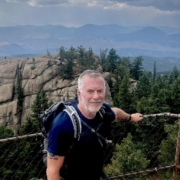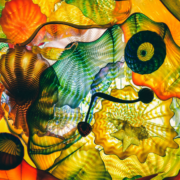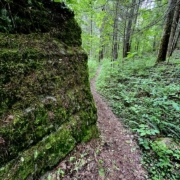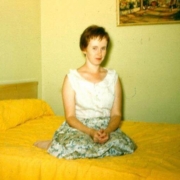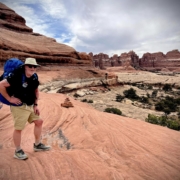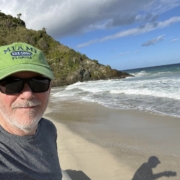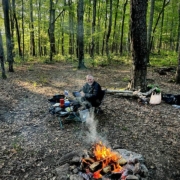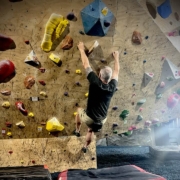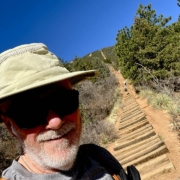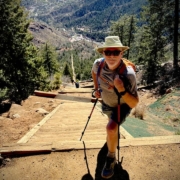Dementia: The Coming Storm (for Many of You) | Healthy Aging Series: S10 E12
We were headed to Florida for the Thanksgiving holiday. And because we are a little gullible, we paid too much attention to the local news and got to the airport almost 3 hours early. I took a picture of the almost empty Muhammad Ali International airport. Our flight had 37 empty seats. I hate the…

